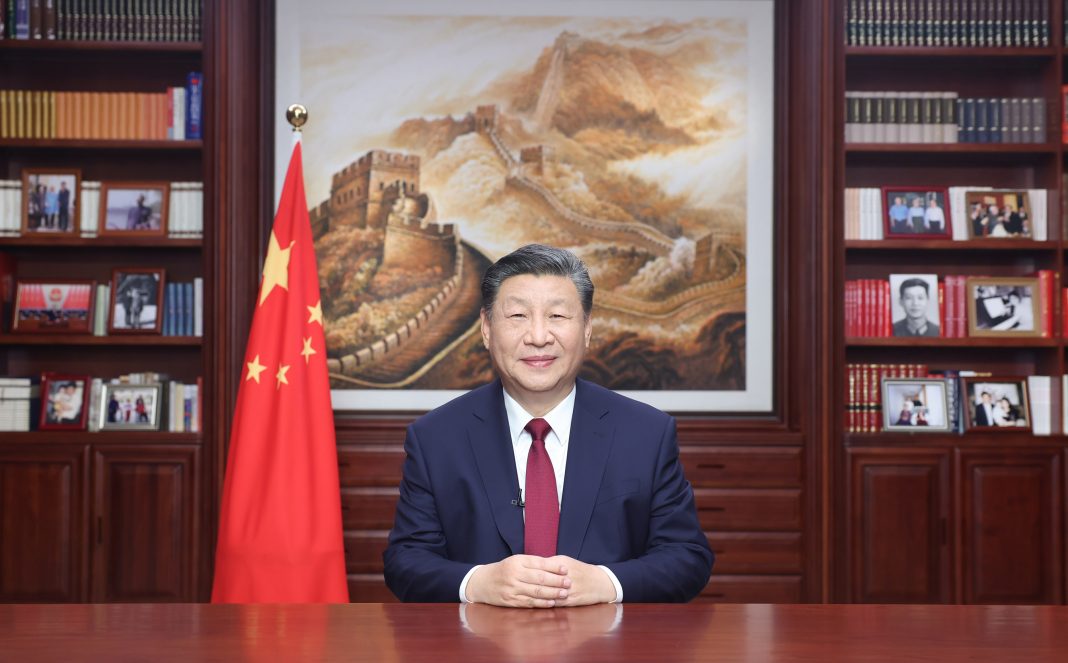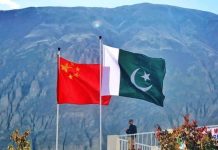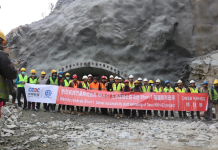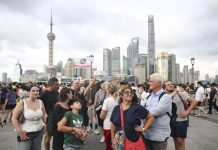BEIJING: As the curtain is raised for China’s most important annual political gathering next week, a key focus of deliberations among legislators and political advisers is how the nation can employ new productive forces to reinvigorate the world’s second-largest economy.
The nation’s top leadership has outlined plans to use new productive forces to underpin high-quality development, as policymakers seek to lift market expectations and strengthen the nation’s self-reliance in science and technology amid external uncertainties.
President Xi Jinping, who first proposed the term in September, expounded on the theory of new productive forces on Jan 31 while presiding over a group study session of the Political Bureau of the Communist Party of China Central Committee, the Party’s core leadership.
Xi, who is also general secretary of the CPC Central Committee, underlined the key role of new productive forces in underpinning China’s high-quality development, stressing that sci-tech innovation is the core element for developing new productive forces.
The theory has struck a chord with the nation’s legislators and political advisers as they are set to convene in Beijing next week for the upcoming annual sessions of the nation’s top legislative and political advisory bodies. Pan Jiaofeng, president of the Chinese Academy of Sciences’ Institutes of Science and Development and a deputy to the National People’s Congress, said the development of new productive forces will present key opportunities to transform traditional sectors and spur the growth of emerging industries.
Xi’s latest theory will serve as a short-term and long-term guideline for China to beef up innovation in science and technology and various sectors, he said.
Pan said the nation must look to better energize its businesses in their innovation drive, as “only businesses can serve as the link between innovation and industrial chains”.
Pan said he will make several suggestions at the NPC this year on the development of new productive forces, especially on how the nation can further optimize its policies to boost innovation. He explained that China must strengthen the efficiency of its investment in innovation to boost its self-reliance in science and technology. Official statistics showed that the nation spent 3.08 trillion yuan ($428 billion), or 2.54 percent of its GDP, on research and development in 2022, up 10.1 percent year-on-year.
Pan said while there is limited room for China to further bolster its R&D intensity — the ratio of R&D to GDP — there is still much room to ensure the funding can be used more effectively, to bolster its self-reliance. –The Daily Mail-China Daily news exchange item






